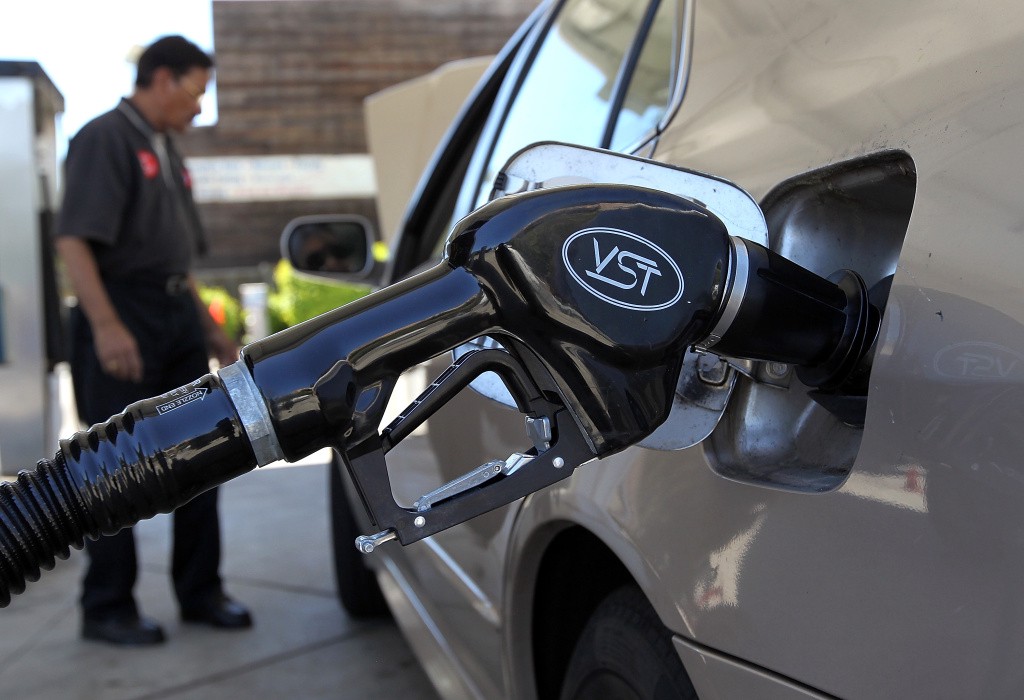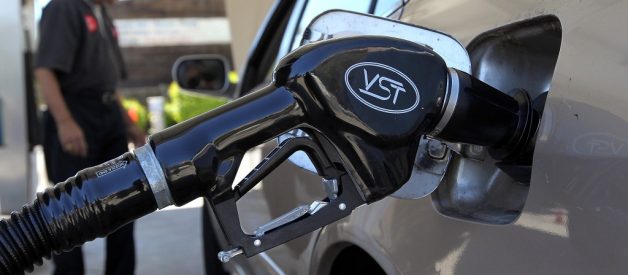
We as drivers are all familiar with the terms ?Regular? and ?Premium? gas. Furthermore we are very much aware of the difference in prices between the two. But what exactly separates regular gas from premium, besides the price point? Is one actually better than the other? Does it depend on the type of vehicle you drive? Are you making the best gas decision for your car? Find out below.
Regular Unleaded Gas
Regular Unleaded Gas is the most common gasoline used for most vehicles. A byproduct of crude oil, RUG is highly flammable and does not have any lead compounds, making it more environmentally-friendly and less hazardous to the health than gasoline with lead. RUG?s octane rating, which refers to its ability to withstand improper fuel combustion in the engine, is 87.
Premium Gas
Premium gasoline has many of the characteristics of regular unleaded gas. It is also produced from crude oil and is a combustible substance. The octane rating of a premium gas varies, but it is typically 90 or higher. This is why premium gas is also known as ?high octane gas.? Not only does it keep engines cleaner due to its detergent additives, it also produces less pollution.
Premium Gas Vs. Regular Unleaded Gas
Both are made from the same raw material, however premium and regular unleaded gasoline differ in several ways. Being aware of these differences and their effects on car performance is the first step to making a well-informed choice when buying fuel.
Octane Rating
Internal combustion engines, like those in cars, work by compressing a mixture of air and fuel, which ignites the spark plug and creates a controlled explosion. This explosion powers the engine so the vehicle can run. Sometimes the fuel mixture ignites before it should, creating an unstable explosion. This event is called pre-ignition but is commonly known as knocking because of its sound. Common in old cars, this knocking lowers car performance. It also damages engine components over time.
Generally, gasoline octane ratings are a measure of how well the fuel mixture can resist pre-ignition or knocking. Premium gas, with its higher octane rating of 90 or higher, can withstand knocking slightly more than regular unleaded gas, with its octane rating of 87. However, since most modern engines have improved designs and are equipped with automatic knocking sensors, they can run almost just as efficiently on regular gas.
Price
Premium gasoline is undoubtedly more expensive than regular unleaded gas, mainly because of the higher octane rating. Prices may differ depending on the location, but the general range is between 20 to 40 more cents per gallon. This amount could quickly add up to hundreds of dollars per year, especially if the person drives frequently.
Engine Suitability
Although they are both combustible substances, regular unleaded gas actually burns faster than premium gas. This is suitable for engines with low compression ratios that do not need to produce a lot of power. On the other hand, since premium gas does not ignite easily, it is optimal for engines that have high compression ratios, especially those that make use of turbocharging.


